At home, you do all you can to keep germs at bay. But what happens when you go out to dinner, do some grocery shopping, travel or visit the doctor's office? If you know where germs are most likely to lurk, you can protect yourself. I personally carry a bottle of hand sanitizer. Do you have any other suggestions?
*****************************
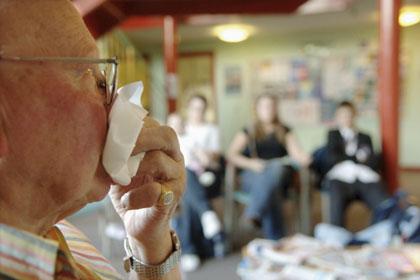
1. Doctors' Offices
A doctor's office is not the place to be if you're trying to avoid germs. To limit your exposure: Bring your own books and magazines (and toys, if you have your children or grandchildren with you) and pack your own tissues and hand sanitizers, which should have an alcohol content of at least 60 percent. If possible, in the waiting room, leave at least two chairs between you and the other patients to reduce your chances of picking up their bugs. Germ droplets from coughing and sneezing can travel about 3 feet before falling to the floor.
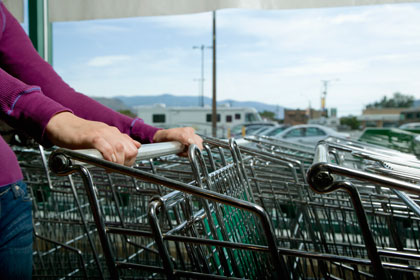
2. Grocery Carts
2007 study at the University of Arizona were contaminated with fecal bacteria. In fact, the bacterial counts of the carts exceeded those of the average public restroom. To protect yourself: Swab the handle with a disinfectant wipe before grabbing hold (stores are starting to provide them, so look around for a dispenser). And while you're wheeling around the supermarket, skip the free food samples, which are nothing more than communal hand-to-germ-to-mouth zones.
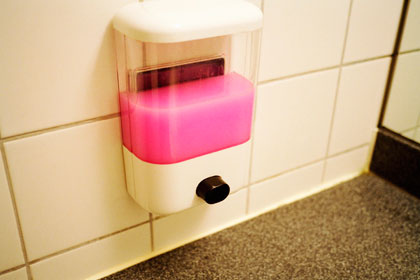
3. Soap Dispensers
About 25 percent of public restroom dispensers are contaminated with fecal bacteria. Soap that harbors bacteria may seem ironic, but that's exactly what a University of Arizona study found. "Most of these containers are never cleaned, so bacteria grow as the soap scum builds up," says microbiologist Charles Gerba, PhD., who directed the study.
"And the bottoms are touched by dirty hands, so there's a continuous culture feeding millions of bacteria." Be sure to scrub your hands thoroughly with plenty of hot water for 15 to 20 seconds — and if you happen to have an alcohol-based hand sanitizer, use that, too.
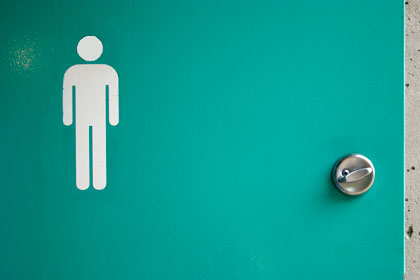
4. Restroom Door Handles
Don't think you can escape the restroom without touching the door
handle? Palm a spare paper towel after you wash up and use it to grasp the handle. Yes, other patrons may think you're a germaphobe — but you'll never see them again, and you're the one who won't get sick.
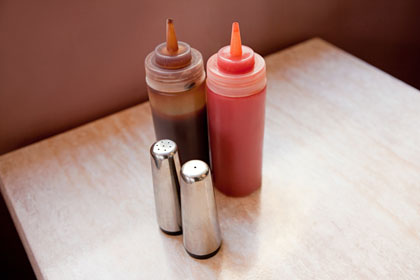
5. Condiment Dispensers
It's the rare eatery that regularly cleans its condiment containers.
And the reality is that many people don't wash their hands before
eating, says Kelly Reynolds, PhD., a germs specialist and public health professor at the University of Arizona. So while you may be diligent, the guy who poured the ketchup before you may not have been, which means his germs are now on your fingers — and your fries. Squirt hand sanitizer on the outside of the condiment bottle or use a disinfectant wipe before you grab it.
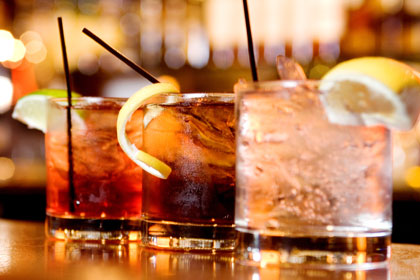
6. Lemon Wedges
According to a 2007 study in the Journal of Environmental Health,
nearly 70 percent of the lemon wedges perched on the rims of restaurant glasses contain disease-causing microbes. When the researchers ordered drinks at 21 different restaurants, they found 25 different microorganisms lingering on the 76 lemons they secured, including E. coli and other fecal bacteria. Tell your server that you'd prefer your beverage sans fruit. Why risk it?
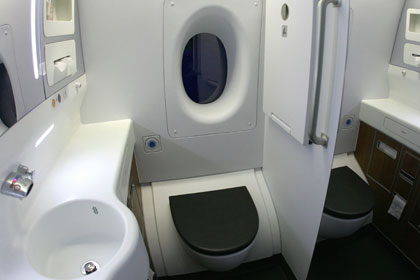
7. Airplane Bathrooms
When microbiologist Charles Gerba, PhD., tested for microbes in the bathrooms of commercial jets, he found surfaces from faucets to doorknobs to be contaminated with E. coli. It's not surprising, then, that people often get sick after traveling by plane. Clean your hands thoroughly with a sanitizer and try not to directly touch the surfaces.
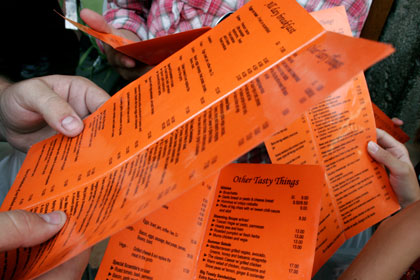
8. Restaurant Menus
Have you ever seen anyone wash a menu? Probably not. A study in the Journal of Medical Virology reported that cold and flu viruses cansurvive for 18 hours on hard surfaces. If it's a popular restaurant, hundreds of people could be handling the menus — and passing their germs on to you. Never let a menu touch your plate or silverware, and be sure to wash your hands after you place your order.
Jack McLaughlin
P.S.
A wealth of information is available here to assist you in your attraction marketing,
online home based business and business opportunity efforts. Visit us today!

http://www.your-daily-income.com
~~~~~~~~~~~~~~~~~~~~~~~~~~~~~~~~~
~~~~~~~~~~~~~~~~~~~~~~~~~~~~~~~~~
 |
 |
 |
 |
 |
 |

Comments
Excellent article on protecting yourself from germs Jack. You made some really good points here. Even the soap is contaminated. Liked and Shared.